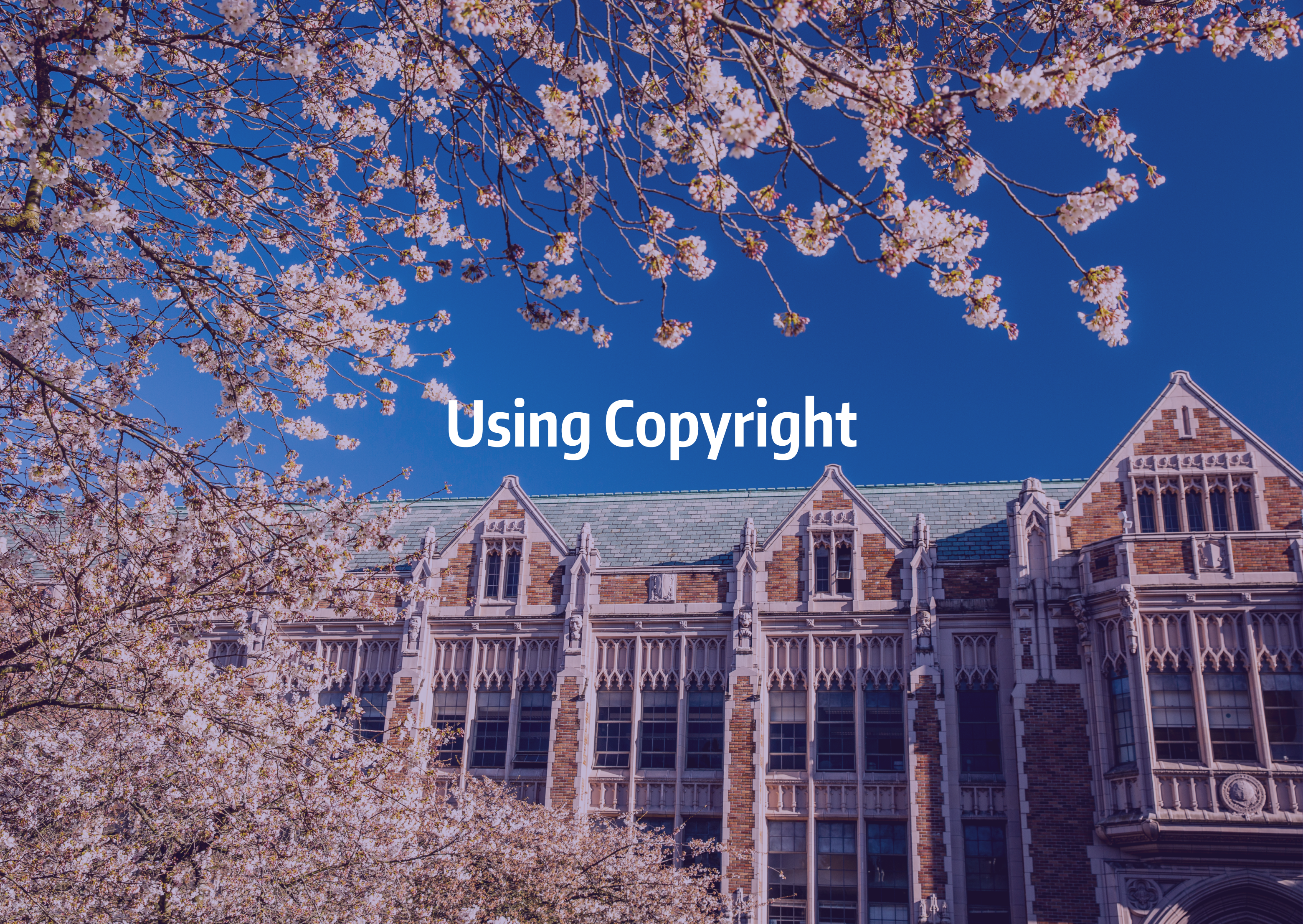This section discusses under what scenarios or circumstances one might need to use copyright-protected material and how to determine what material is protected by copyright. The objective for this section is to understand how to identify work being used, how to identify copyright owners, how to obtain permission, and how to research rights that must be considered before using copyright-protected work. This section also considers how Fair Use may factor into the use of work protected by copyright.
Using Copyright-protected Materials
Learn about the research and due diligence required to legally use copyright-protected work and further consider other impacted rights such as protections of trademark, patent, or personality rights.
Obtaining Rights for Using Copyright-protected Work
Understand the scenarios in which you may use copyright-protected work including fair use, educational use, licensed work, and permissioned use.
Guidelines for Fair Use in Education
Explore the collected guidelines of using copyright-protected work in educational settings, including the use of books and periodicals, music, multimedia, and image collections.
Evaluating Risks
Understand the risks and adverse actions that can arise from the unlicensed use of copyright-protected works and the financial or professional implications this may have.
Common Uses of Copyright in Education
Learn about the common uses of copyright-protected materials in the university setting including classroom use, televised instruction, and educator-created course packs.
Copyright Complications in Compilations, Music, Images
Explore some of the complications of copyright when multiple works are combined in compilations or musical recordings or when many rights are present in photos and imagery.
